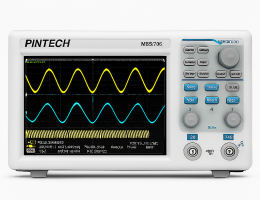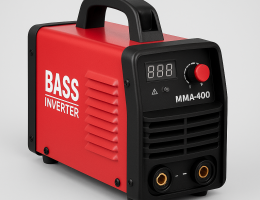HDPE EX5 is a type of high-density polyethylene (HDPE) known for its robustness and versatility. Here’s a comprehensive breakdown of its key characteristics, production process, applications, and advantages:
Key Characteristics:
- High Molecular Weight: The extended polymer chains in HDPE EX5 contribute to its exceptional strength, stiffness, and impact resistance. This makes it ideal for applications requiring a strong and durable material.
- Copolymer: EX5 is formed by combining ethylene monomers with another monomer, typically 1-butene. This modification process enhances its properties compared to regular HDPE.
- Good Processability: Despite its high molecular weight, EX5 can still be efficiently processed using various techniques like injection molding, blow molding, and film extrusion.
- Transparency: In its natural state, HDPE EX5 is typically translucent or slightly opaque. However, depending on the manufacturing process and additives, it can be made more transparent.
- Chemical Resistance: Similar to other HDPE grades, EX5 offers good resistance to many chemicals, including acids, bases, and alcohols.
Production Process:
The journey of HDPE EX5 begins with crude oil. This complex mixture undergoes a meticulous refining process to remove impurities and unwanted elements. Here’s a simplified overview of the typical production process for EX5:
- Crude Oil Refining: Crude oil is separated into various fractions through distillation.
- Solvent Extraction: Selective solvents are used to extract the desired polyethylene fractions from the refined crude oil.
- Hydro-Treatment: (Optional) Hydrogen gas reacts with any remaining sulfur, nitrogen, or oxygen in the oil to further enhance its quality and stability.
- Polymerization: The extracted polyethylene fractions undergo a polymerization process where ethylene monomers combine to form long polymer chains. The addition of the 1-butene comonomer occurs during this stage.
- Extrusion and Pelletization: The molten polymer is extruded into the desired shape (pellets) and cooled for further processing.
Applications:
The combination of high strength, good processability, and chemical resistance makes HDPE EX5 a valuable material for various applications. Here are some prominent examples:
- Plastic Pipes: Due to its strength and durability, HDPE EX5 can be used for manufacturing pipes for various applications, including:
- Potable water distribution
- Wastewater collection
- Chemical transportation
- Industrial piping systems
- Films and Sheets: HDPE EX5 can be processed into films and sheets with good strength and chemical resistance. These can be used for:
- Industrial liners
- Geomembranes (used in landfill construction and containment)
- Pond liners
- Bottles and Containers: While less common than for pipes and films, HDPE EX5 can be used for manufacturing rigid bottles and containers requiring high strength and chemical resistance.
- Automotive Parts: Due to its good impact resistance and chemical resistance, HDPE EX5 can be used for certain automotive parts like underbody panels and wheel well liners.
Advantages:
- High Strength and Impact Resistance: Makes it suitable for demanding applications.
- Good Processability: Can be efficiently shaped into various forms.
- Chemical Resistance: Offers resistance to a wide range of chemicals.
- Durability: Provides long-lasting performance in harsh environments.
- Recyclable: Can be recycled into new products, reducing environmental impact.
Things to Consider:
- Cost: HDPE EX5 might be slightly more expensive than some other HDPE grades due to its specific properties and processing requirements.
- Temperature Resistance: While good for most applications, it has a lower melting point compared to some engineering plastics.
In Conclusion:
Heavy Polyethylene HDPE EX5 is a reliable and versatile material offering a valuable combination of strength, processability, and chemical resistance. Its applications span across various industries, making it a crucial player in manufacturing robust and durable products.



